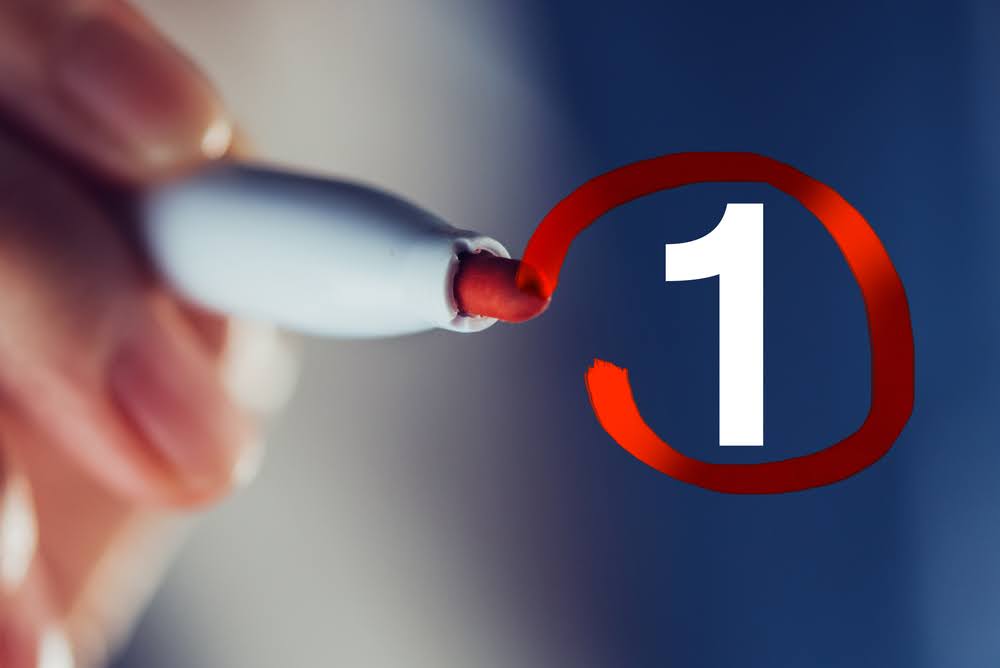Optimize in changing times
Amid global politics and uncertain economic futures, the Brazilian government set out last January on an ambitious journey to overhaul its indirect tax regime. For tax professionals, this presents a unique opportunity to lead your organizations through a transformative process.
With the sanctioning of Complementary Law No. 214/2025, Brazil is poised to revolutionize its tax landscape. In plain-speak, they are simplifying taxes through due process.
As a tax professional operating in Brazil, you’re not just navigating tax changes. You can optimize your organization’s tax strategy and emerge stronger, more agile, and better equipped for the future.
Jump to ↓
Understanding the terrain
Survival tips to thrive in the new regime
Navigating the terrain: Legislative landmarks
The command center: Your next move
Secure your survival kit
Understanding the terrain
On January 16, 2025, the President of Brazil sanctioned Complementary Law No. 214/2025 (Lei Complementar No. 214/2025), following the approval of PLP 68/2024.
Brazil’s old tax regime was a patchwork of overlapping taxes: PIS, COFINS, ICMS, ISS, and IPI. Each with its own quirks and compliance traps. The reform wipes the slate clean, replacing them with:
IBS (Imposto sobre Bens e Servicos): The new subnational VAT, managed by states and municipalities
CBS (Contribuicao sobre Bens e Servicos): The federal VAP administered by Brazilia
IS (Imposto Seletivo): The selective excise tax, targeting products detrimental to health or the environment
Key legislative changes
Dual VAT system: Goodbye to the old maze, hello to IBS and CBS.
Destination-based taxation: Taxes now follow the customer, not the supplier.
Levelling the playing field across Brazil’s vast territory.
Minimum effective tax rate: Multinational profits face a 15% floor.
Transition timeline: The reform rolls out from 2026, with full implementation by 2033. The transition is a marathon, not a sprint. Expect overlapping rules and phased retirements of old taxes.
Mission intel
Non-compliance is not an option. The new regime is mandatory, and the authorities are watching.
Your indirect tax function will be tested. Systems, contracts, processes, and people must adapt simultaneously.
The transition period (2026-2032) is the most hazardous phase. Prepare for duplicative reporting, staff retraining, and evolving rules. The ‘regional fog’ will be thickest in these years.
Survival tips to thrive in the new regime
Tip 1: Lay the groundwork for success
Ensure your data is accurate, accessible and ready for the new regime.
Upgrade your ERP and tax engine to handle IBS, CBS, IS, and destination-based rules.
Automate wherever possible. Manual processes are sink holes. One misstep can mean costly penalties, lost credits, or reputational damage.
Continuous updates are your rations. The rules will evolve. Ensure your systems and processes can adapt quickly.
Tip 2: Assemble your tools and talent
Invest in automation: The transition will bring a surge in reporting and compliance tasks. Automation is your shield against overload (Expected to impact up to 74% of indirect tax departments).
Scenario-simulation drills: Use them to test pricing strategies and manage risk under the new regime.
Upskill and reskill: The learning curve is steep. Upskill your current crew and bring in new talent as needed (62% of companies expect a talent crunch).
Keep communication lines open. Engage local experts and advisors to interpret the latest legislative updates and benchmark your readiness.
Tip 3: Build resilience and controls
Strengthen your fiscal structure. Update policies, controls, and documentation to withstand regulatory storms.
Reduce risk. Proactively manage tax burdens, ancillary obligations, and compliance exposures.
Prepare for audits. Maintain a bulletproof audit trail. The inspector will come knocking.
Monitor tax incentives. The reform eliminates some (like ICMS), but new opportunities may arise for those who forage.
Beware of penalties. Non-compliance is costly.
Navigating the terrain: Legislative landmarks
Key laws and terms to know
Lei Complementar No. 214/2025: The backbone of the new regime, establishing rules for IBS, CBS, and IS.
PLP 68/2024: The bill that paved the way.
IS (Imposto Selectivo): The new excise tax. Watch for its impact on your product lines.
IBS Management Committee: The new command center for subnational VAT administration.
Transition milestones: 2026 (reform begins), 2029-2033 (gradual ICMS/ISS phase out), 2033 (full implementation).
Avoid common pitfalls
Don’t delay system upgrades. The earlier you act, the smoother your journey.
Study the terrain. Your team must be well equipped to handle unknown risks.
Review contracts. Old clauses may trigger unexpected liabilities under new rules.
Don’t go it alone. Local expertise is your best guide in unfamiliar territory.
Allocate sufficient resources. Under-budgeting can leave you stranded mid-journey.
The command center: Your next move
The indirect tax function has a rare opportunity to step up as a strategic partner, guiding your organization through transformation and growth.
But even a seasoned scout need a plan. That’s why we’ve created a comprehensive Brazil Preparation Checklist for every phase of the journey. It covers everything from mapping legislative changes, and building your transition team, to upgrading technology and tracking KPIs.
Secure your survival kit
Download the full Brazil tax reform preparation checklist now to access tactical steps, best practices, and expert insights you need to not just survive but thrive.



























